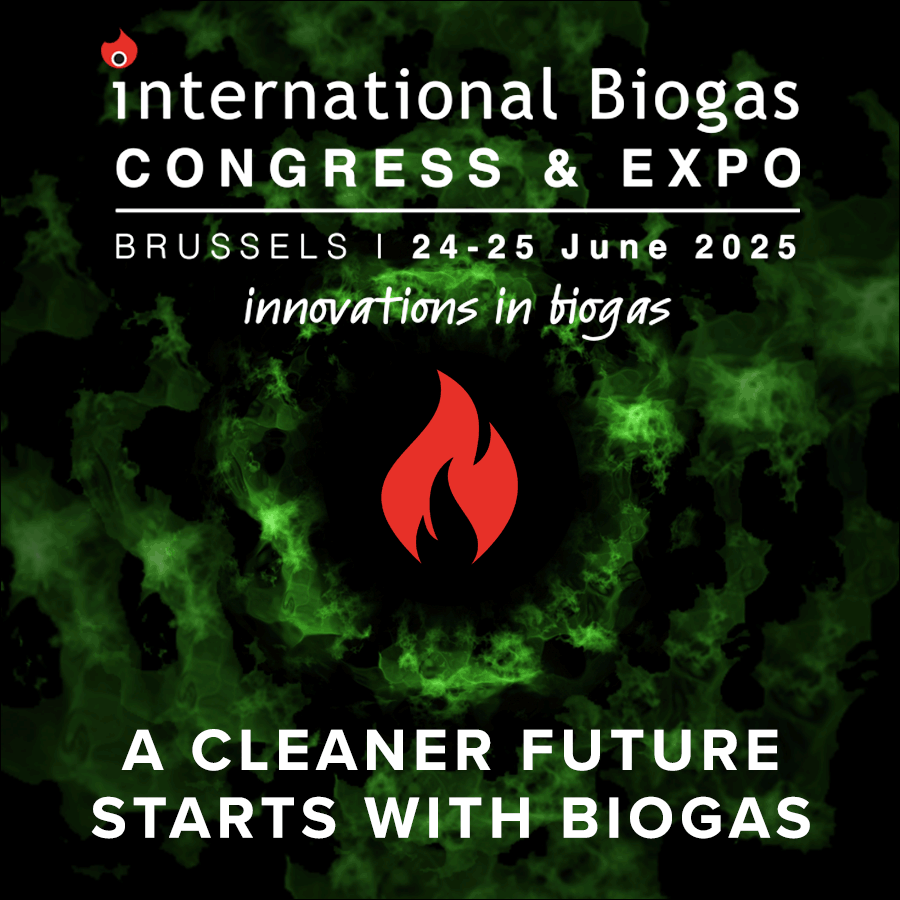New sensor technology enables optimised desulphurisation in biogas
Danish sensor manufacturer Unisense is launching a novel, inline hydrogen sulphide (H2S) sensor at the UK AD & World Biogas Expo in Birmingham enabling greatly cost-optimised desulphurisation processes in biogas operations.
Despite being a critical part of biogas operations, desulphurisation is an often-overlooked optimisation parameter in biogas operations due to the difficulties involved with obtaining a full and meaningful picture of the presence and development of H2S over time.
A foul-smelling, toxic and highly corrosive gas, H2S is unwanted in biogas operations and typically removed using a combination of desulphurisation techniques including iron (II) chloride (FeCl2) dosing, bio scrubbing, bio filters, activated carbon filters and membrane systems.
H2S is typically monitored in biogas plants using multi-gas analysers, which condition and sample the biogas at fixed intervals. Unfortunately, this approach does not provide an optimal basis for the adjustment of desulphurisation processes, as the sample measurements provide snapshots rather than a full and meaningful overview.
The new SulfiLogger™ inline H2S sensor from Unisense monitors H2S continuously and can measure in wet and unprocessed biogas right after the anaerobic digester. Using the 4-20 mA output, biogas operators can integrate the sensor data with PLC/SCADA systems and perform real-time adjustments to biogas desulphurisation processes including dynamic FeCl2 dosing.
The sensor is unveiled to the British AD and biogas industry at the UK AD & World Biogas Expo at the NEC in Birmingham on 3–4 July at the Unisense stand at booth D102.
























